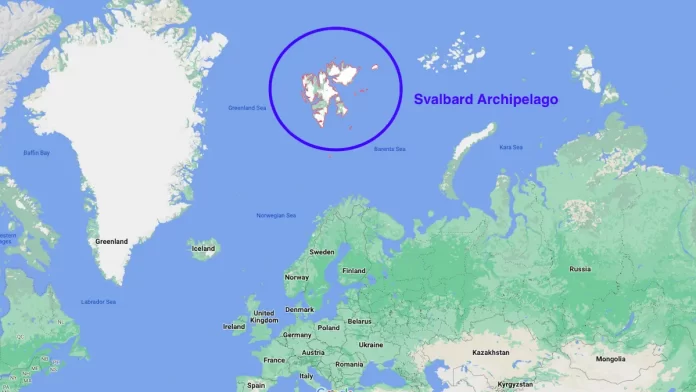India on Thursday released its Arctic policy titled “India and the Arctic: Building a Partnership for Sustainable Development”.
Speaking at the occasion, Dr. Jitendra Singh said that India’s engagement with the Arctic dates back to a century when the Svalbard Treaty was signed in February 1920 in Paris.
What is Svalbard Treaty and what was its objective? Read this on till the end to learn more.
Svalbard Treaty
The Svalbard Treaty is an international treaty signed in the early 20th century to regulate the demilitarisation of the Arctic archipelago of Svalbard.
Originally known as the Spitsbergen Treaty, the Svalbard Treaty recognizes the sovereignty of Norway over the archipelago of Svalbard subject to certain stipulations.
The treaty also makes the Svalbard archipelago as an entirely visa-free zone.
Significantly, all signatories of the treaty were given equal rights to engage in commercial activities on the islands.
However, as of 2012, only Norway and Russia utilize this right.
Background of Svalbard Treaty
The archipelago of Svalbard in the Arctics was unknown to Humans until the 16th century when it was discovered by the Dutch explorer Willem Barentsz.
Even after the discovery, it remained largely uninhabited till the 19th century.
While no nation exercised sovereignty over the Svalbard archipelago, people from different countries did undertake various commercial activities like fishing, whaling, mining, research, etc on the islands.
However, with industrialization and increased energy demands, conflict arose as some European nations came to view the island from commercial angles as it was rich in minerals and mines.
Tensions first arose between England, the Netherlands, and Denmark–Norway in the first half of the 17th century, and later others also joined in.
After lengthy negotiations, the leading powers of the day finally signed the Spitsbergen Treaty in Paris on 9 February 1920.
It coincided with the Versailles negotiations after World War I.
This treaty formally recognized the sovereignty of Norway of the Spitsbergen archipelago and gave equal commercial rights to all other signatories.
The treaty later came to be called as Svalbard Treaty after Norway renamed the islands as Svalbard 1920s.
Members and Signatories
The Svalbard Treaty was originally signed by 14 high contracting parties including Norway, Sweden, the United Kingdom, the United States, Australia, Canada, New Zealand, South Africa, Japan, and India.
As of 2022, there are 46 parties to the Svalbard treaty.
Svalbard Treaty and India
The Union Minister Dr. Jitendra Singh recently referred to the Svalbard Treaty while releasing India’s Arctic Policy because India (at that time under British Rule) was one of the 14 original high contracting parties to the treaty.
Being an original high contracting party, India also potentially enjoys certain commercial rights over the Svalbard archipelago and Arctics.
India has undertaken several scientific studies and research in the Arctic region.
Over twenty-five Institutes and Universities are currently involved in Arctic research in India.
India has also been actively involved in studies related to Arctic oceanography, atmosphere, pollution, and microbiology.
